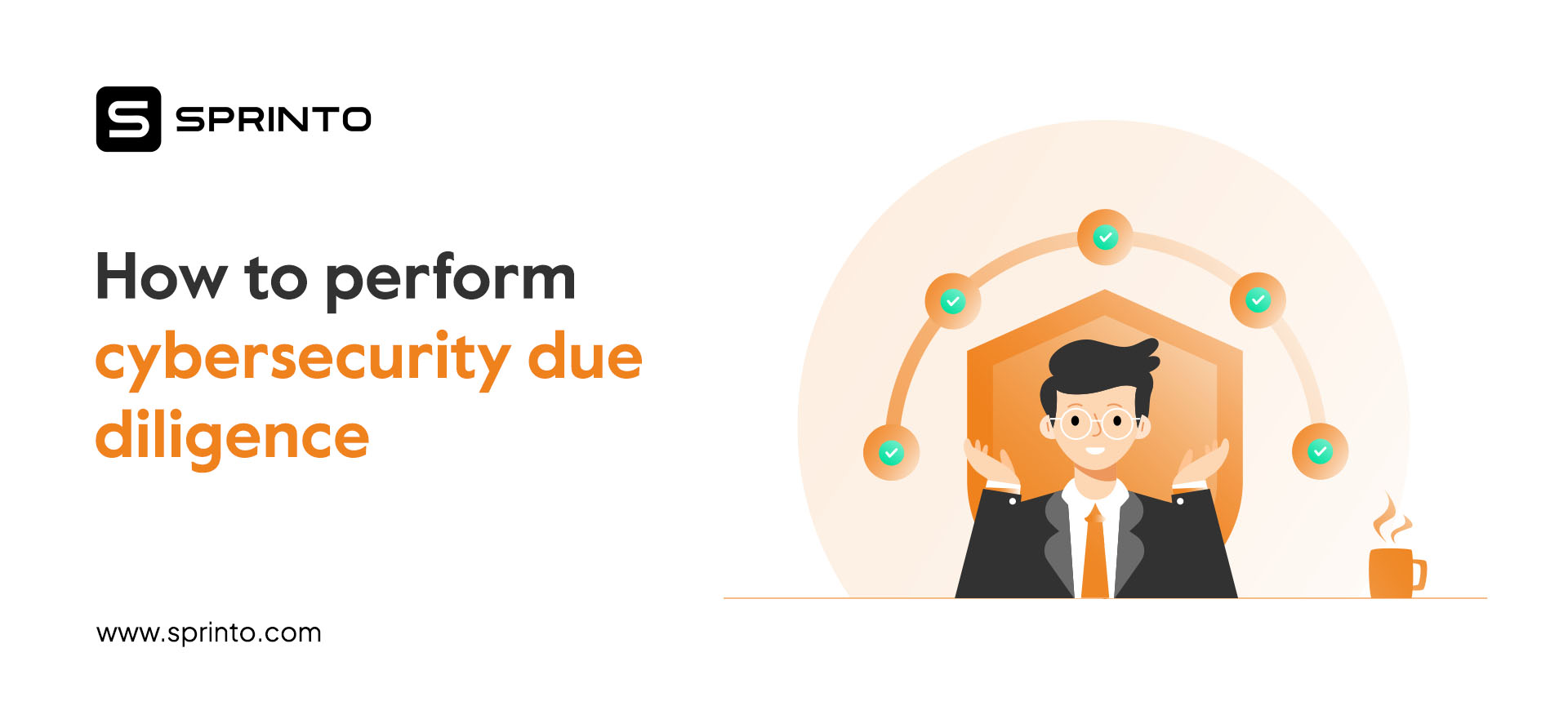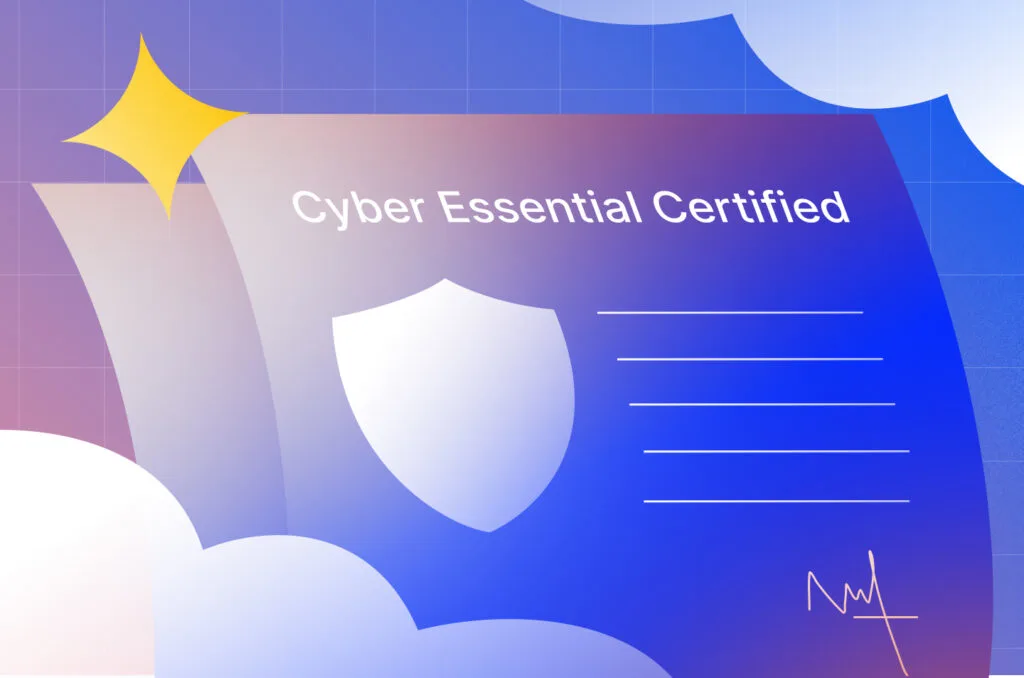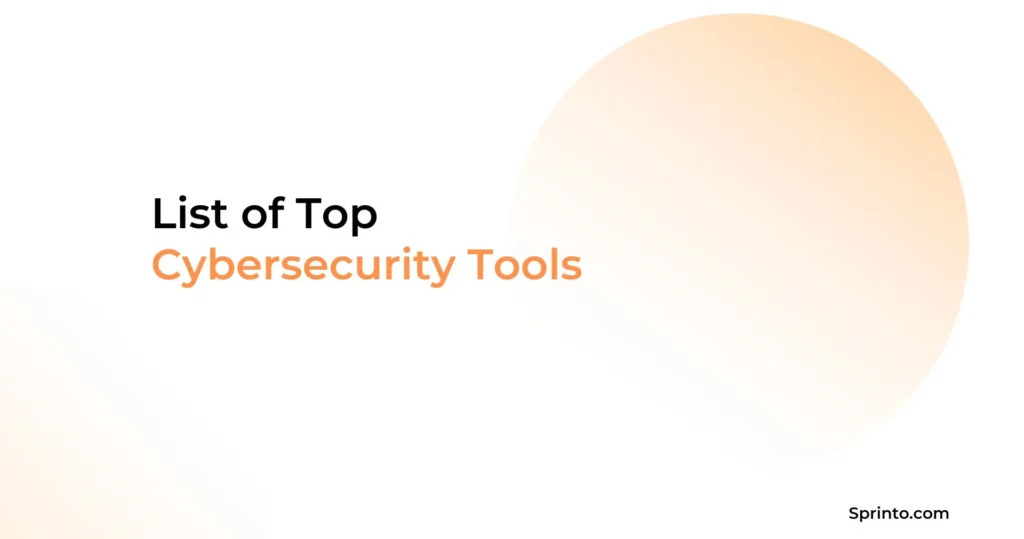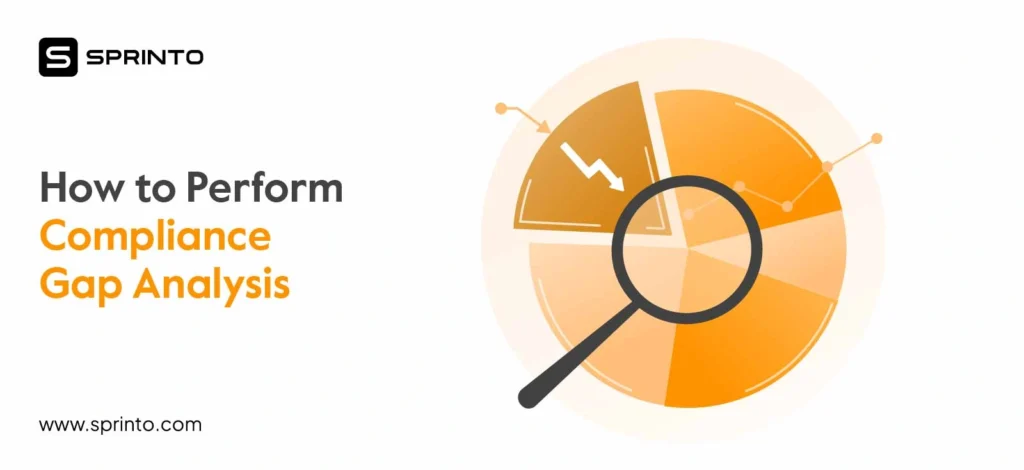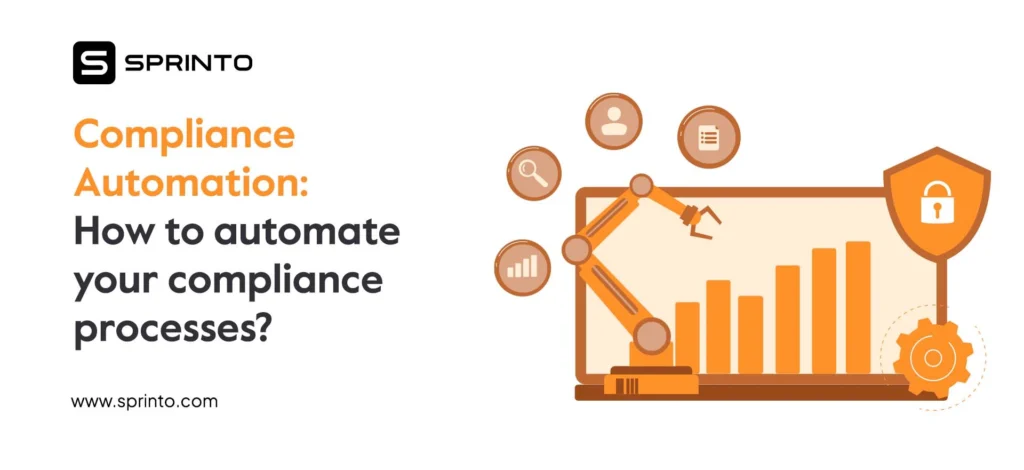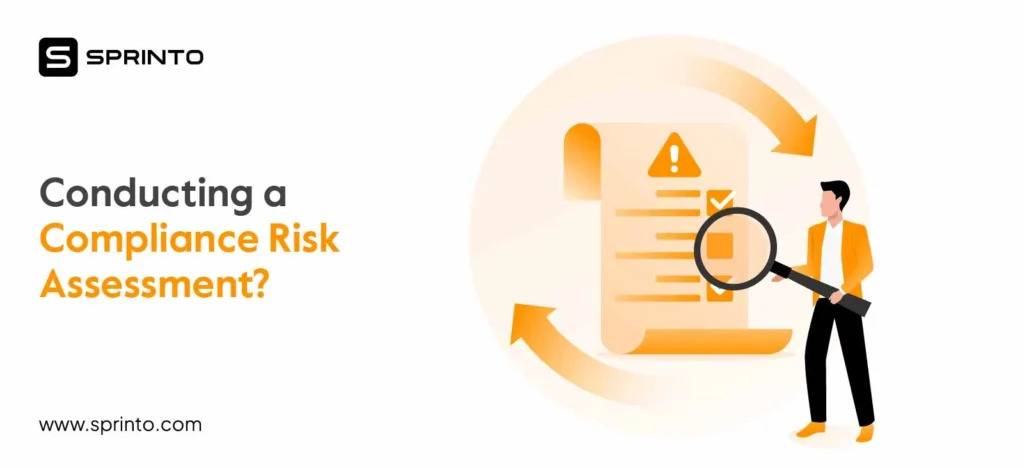Are your vendors in line with your security policies and procedures? Do you conduct regular risk assessments of your third and fourth-party vendors to ensure compliance throughout their lifecycle?
Organizations are increasingly relying on service providers, third and fourth-party vendors for their day-to-day operations. The adoption of integration to solve for agility, speed, and cost optimization has seen exponential growth since the pandemic, and the adoption rate will skyrocket in the years to come.
Did you know that In the last year, cyberattacks targeting third parties have increased from 44% to 49%?
Source: Ponemon Institute
To successfully safeguard against potential risks and minimize cybersecurity incidents that could spring from an integration, companies must adopt secure third-party risk management practices with thorough due diligence reviews. We will dive deep into what is cybersecurity due diligence, its importance, ways to conduct cybersecurity due diligence, and a bonus checklist to guide you step by step.
What is cybersecurity due diligence?
Cybersecurity due diligence involves identifying, anticipating, and addressing cyber risks across an organization’s network ecosystem. Cybersecurity due diligence aims to address the threats to network security that an organization(and increasingly, its external stakeholders such as partners and suppliers) face.
During the due diligence process, collect insights into an organization’s third-party vendor cyber security program as well as efforts led by security teams. The client is then aware of the vulnerabilities and cybersecurity risks that might occur from associations with third-party vendors.
Cybersecurity due diligence, as previously stated, is particularly important in mergers and acquisitions, where it reveals issues that might be considered problematic or require a restructuring of the terms and conditions or price of a deal.
Importance of cybersecurity due diligence
Conducting cybersecurity due diligence prior to a merger or acquisition helps organizations accurately assess associated risk before taking on liability while identifying any issues that might warrant restructuring the agreement.

Cybersecurity-Due-Diligence is important for the following reasons:
- Analyze vulnerable cyber threats by using cybersecurity mechanisms such as penetration testing or vulnerability scanning methods.
- Save time as well as expense for the buyer.
- Understand the complexities of the target company to identify any potential threats present within a target company.
- Determines the viability of the purchase.
- Understand information as well as security protocols followed by the company.
- Get a better understanding of the data privacy policies followed by the target organization.
- Overall, an investigation process to determine the prevailing cyber-security situation in the target company.
Steps to perform cybersecurity due diligence?
Generally, to perform cybersecurity due diligence, there are two or more parties involved in a private acquisition transaction. The parties are the seller, the buyer, and the target. It is the buyer’s key responsibility to carry out the due cybersecurity diligence process on the target company. By conducting the same, the buyer would be aware of the inconsistencies present in the company.
Do you want to automate cybersecurity due diligence for your third and fourth-party vendors? Get in touch with our experts to learn more.
The following steps are followed to carry out the due diligence:

1. Agreement for the acquisition of the target company between the buyer and the seller (target).
The buyer will negotiate terms and conditions with the seller, during this step, on the price of the transaction, confidentiality, contracts of exclusivity, and other clauses that affect the transaction.
2. The buyer has to consult a third-party consultant
Once the terms have been drawn up and agreed between the parties, a third-party consultant is appointed to carry out typical due diligence exercises.
3. Conduct a complete investigation into the target company
Calculate the amount of risk involved through cybersecurity-due-diligence and data privacy services. Find out if any cyber attacks, ransomware attacks, security vulnerabilities, technical vulnerabilities, or any other form of security threat has breached the organization’s cybersecurity program in the past.
4. Draft agreement between the buyer and the third party
An agreement will be drafted post the terms have been decided between the buyer and the third party, which will include the services provided by the third party and the forms of due diligence carried out by the third party.
5. Prepare a Due Diligence Questionnaire (DDQ)
The target, the buyer, and the third party will prepare the Due diligence procedure, which is put forth to the seller or target, and the seller or target has to provide information on the questionnaire. Use security ratings to assess security risks presented by the organization.
6. Research the target
The buyer must conduct due research for cybersecurity-due-diligence; the information in the DDQ is solely based on the cybersecurity protocols practised by the target.
7. Conduct additional due diligence
Additional due diligence might be required if the target organization has some form of online and data presence and has taken reasonable and prudent steps to safeguard its data and assets properly.
8. Conduct data privacy due diligence
Conduct data privacy due diligence even if the target organization does not have any crucial information on clients or customers, as a breach of intellectual property and trade secrets is devastating to the reputation of any organization.
9. Conduct an assessment for cyber-related incidents
An assessment and evaluation should be conducted linked to the threats caused because of cyber-related issues and report all protocols and cybersecurity practices related to information and security control.
10. Conduct IT due diligence
Use different software and tools, such as penetration systems, to address testing on software.
11. Check if the target organization has any compliance certifications
Check if target organizations conduct proper audits and are in line with the standards prescribed internationally, such as PCI and ISO 27001.
12. Check if any terms and conditions of the contract are breached
Once the due diligence exercise is completed, issues with the target or the seller company will come to light and might breach the contract of exclusivity with the buyer. The parties (buyers) can walk out of the due diligence transaction when this occurs without going ahead any further.
Cybersecurity due diligence checklist
Organizations are increasingly conducting cybersecurity due diligence to be aware of the inconsistencies present in the vendors.
Sprinto conducts a risk assessment of the target company, helps implement security controls and monitors status throughout the lifecycle, all from a single dashboard. Too good to be true? Get in touch with our experts to learn more.
We have compiled the following checklist to help you with your cybersecurity due diligence:
Perform a risk profile of the acquisition(target company)
- Consider the complexity and size of the business and its IT interfaces with third parties, and its IT infrastructure.
- Determine the control procedures by conducting internal risk assessments and when the most recent such events took place.
- Assess the findings of the latest cyber security procedures as well as what steps were taken to respond to its findings.
- Assess historical data ownership and data ownership of the company.
Investigate the legal standing of the target company
- Understand the relationship between the organization, its critical vendors and service providers, and the interfaces between them.
- Understand the regulations implemented by the target company.
- If the company has security licences of any form.
- Investigate whether the organization has received any warnings of fines for FTC data breaches or any other regulatory body.
- Understand who heads the department for dealing with the appropriate regulatory bodies.
Managing cyber security during the transaction
- Create an asset inventory that includes logical, physical, and software systems with particular attention to the managed services as well as the security measures taken with these services.
- Review the target company’s incident response plan, disaster recovery plan, and business continuity plan.
- In light of previous cyber security issues, assess the performance of each of the plans.
- The vendor management program for the target company should be assessed.
- Review the business-wide password management platform, target’s access management policies, and other tools used across the organization for secure access management.
- Understand how the technology stack and physical infrastructure will integrate with your organization’s own systems and the risks that may arise during the integration progress.
- At the target company, understand who controls and/or has access to data and how it manages the data of third parties.
- Within the company, assess which systems have internet access and to what extent they create risks.
- Conduct an audit of the organization’s physical infrastructure.
Post-merger integration cybersecurity checklist
- Integrating the target organization’s IT systems safely
- Ensure that the two organizations’ cyber security policies and implementation are fully aligned.
- Ensure that new and current employees are fully trained in the cyber security procedures required, as well as that they have signed up for these procedures.
- Assign the cyber team to manage cyber security, ensuring that they are aware of any alterations that have occurred as a result of the acquisition or merger.
- Rewrite the organization’s cyber security measures as appropriate to consider into account risks identified at the target organization.
- Schedule periodic risk assessments for the organization moving forward.
Automate cybersecurity due diligence with Sprinto
Third-party vendors likely have access to your organization’s sensitive data, making it important to continuously monitor and improve your cybersecurity posture.
Sprinto’s security and compliance automation solutions provide your organization insight into a vendor’s cybersecurity posture with continuous entity-level monitoring. Implement security controls in real time and ensure they are followed across the organization, all from a single dashboard. Get in touch with our experts to learn more.
FAQs
What is due diligence vs due care in security?
Due care in cybersecurity means taking reasonable steps to secure and safeguard your company’s reputation, assets, and finances. Additionally, due diligence is the process of identifying as well as mitigating risks brought on by third parties.
What is cybersecurity due diligence in M&A transactions?
Cyber due diligence is one of the primary due diligence in M&A that involves monitoring, identifying, and rectifying the cyber risks of an organization. This usually involves reviewing the governance, controls, and processes used to secure a target company’s information assets.
What is an example of due diligence in M&A?
Due diligence documents include any research, documentation, or information needed for the due diligence process. For instance, stockholder agreements, customer contracts, government audits, trademarks, and license agreements are all different kinds of due diligence documents.
Ayush Saxena
Ayush Saxena is a senior security and compliance writer. Ayush is fascinated by the world of hacking and cybersecurity. He specializes in curating the latest trends and emerging technologies in cybersecurity to provide relevant and actionable insights. You can find him hiking, travelling or listening to music in his free time.
Explore more
research & insights curated to help you earn a seat at the table.



